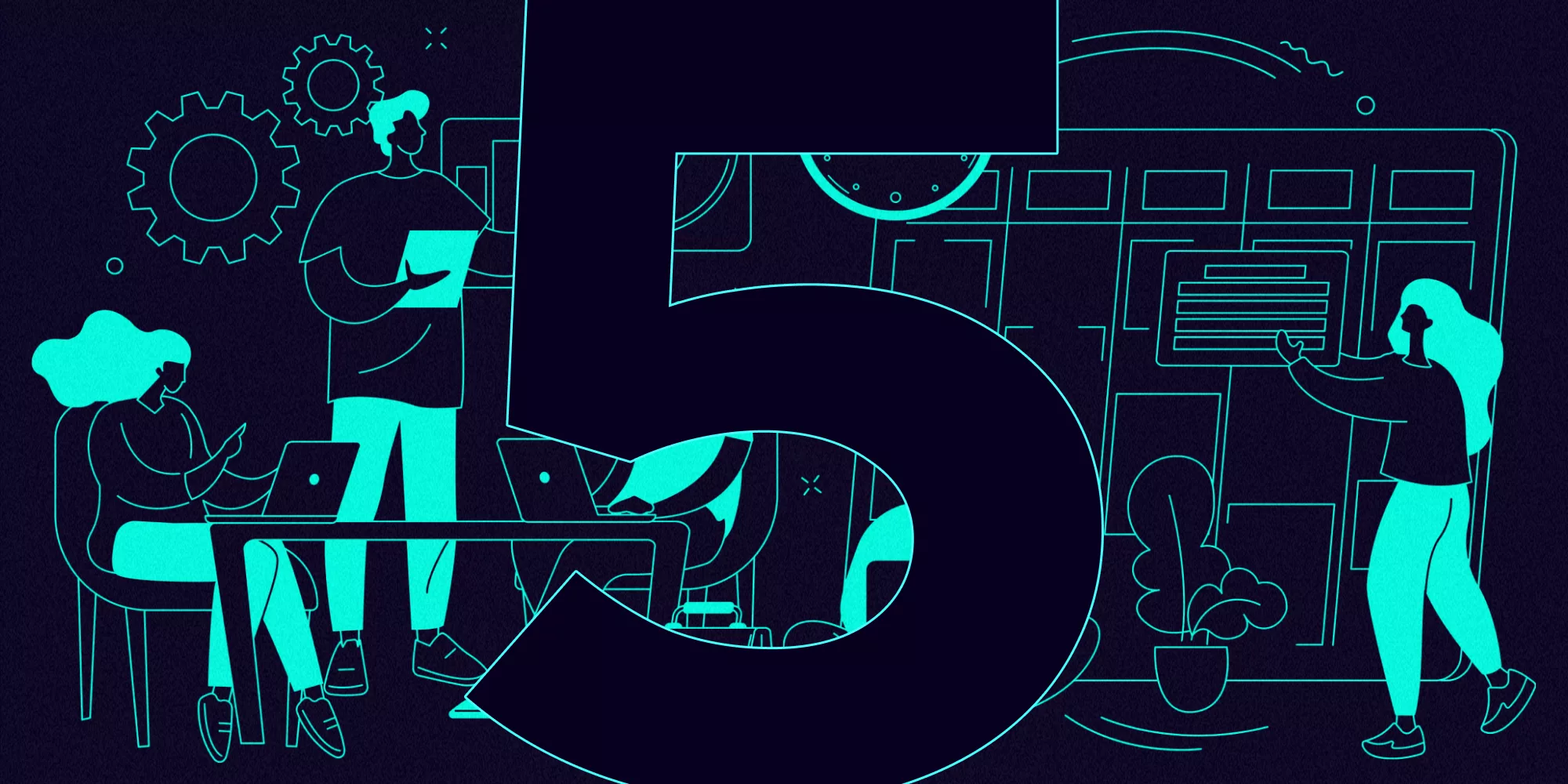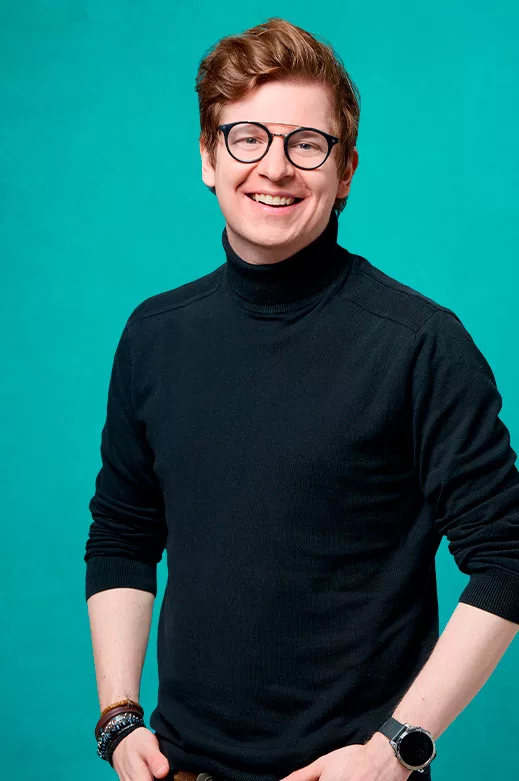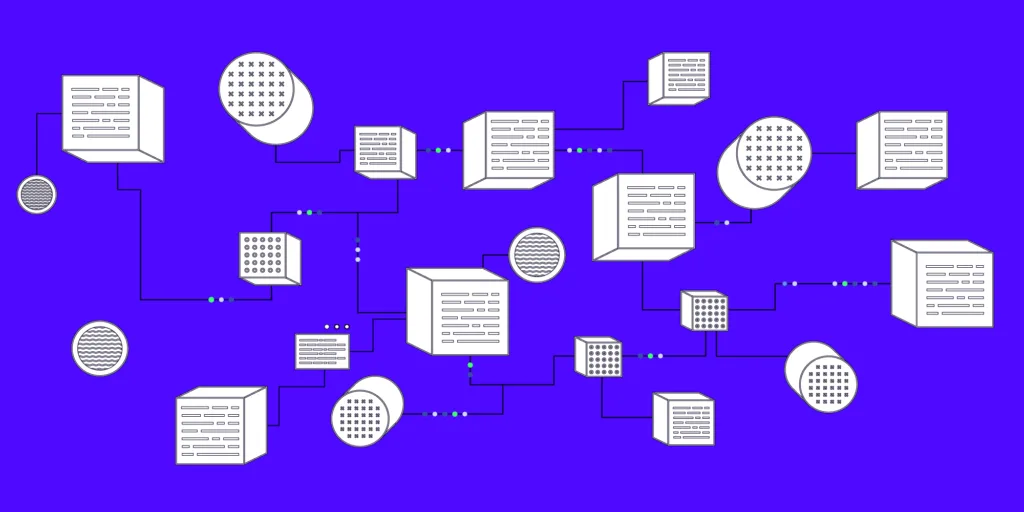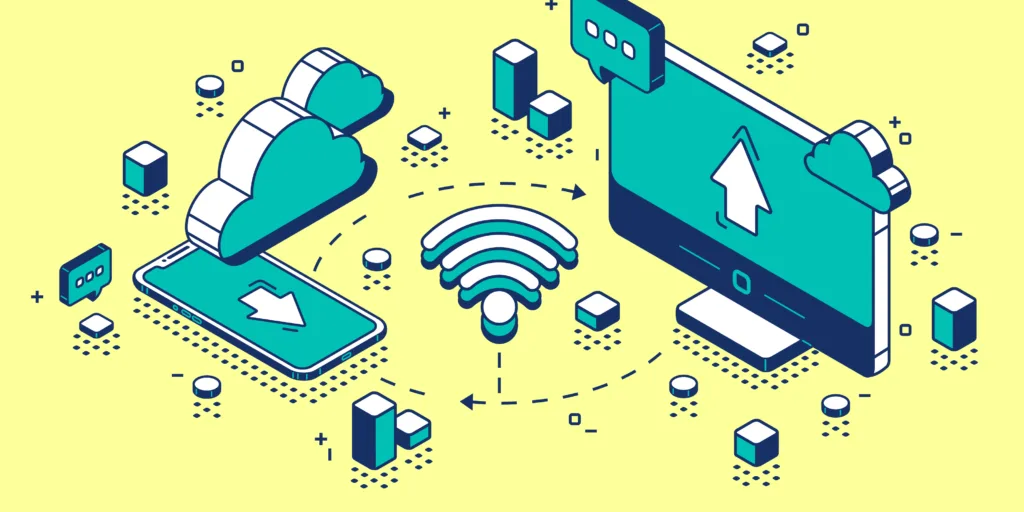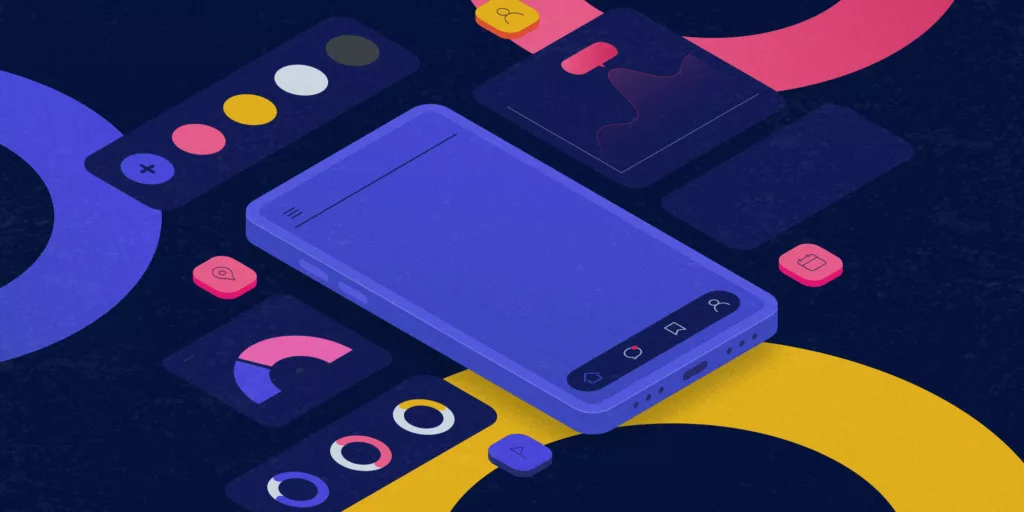What is design sprint?
Former Google Ventures design partner Jake Knapp developed the design sprint process for Google in 2010, drawing inspiration from Google’s own product development culture and IDEO’s design thinking workshops. In design sprints, teams work on problems and set goals, progressing from mapping out a product or service to testing a potential solution—typically within a five-day cycle.
Sprints are also a key part of agile development. The biggest benefit of a design sprint is the time it saves, as well as the insights gained during the process regarding the future product or service, its opportunities, and challenges. A design sprint provides a clear picture of the next steps in development and ensures that the team is aligned on the desired outcome.
The five phases of design sprint
A design sprint is divided into five phases, which are typically scheduled over one week, with each phase taking place on a different day. However, in some cases, the sprint can be adapted to a more flexible timeline, such as a two- or three-week development cycle.
The core idea of a design sprint is to quickly and efficiently gain a clear understanding of the product or service being developed. For this reason, it is generally not advisable to extend the sprint for too long. However, in some situations, deviating from the traditional one-week model may be justified.
1
Exploration
During the exploration phase, all essential information is shared within the team to ensure that all parties have a unified understanding of the project’s background and current state. This phase aims to identify and analyze pain points that hinder or slow down the achievement of goals. A thorough understanding of these pain points is crucial, as they guide future design and development decisions.
Additionally, in the exploration phase, the scope of the project is outlined to keep the work realistic within the given schedule and resource constraints.
Identio's approach
Workshop #1 – In the first workshop, we go through the key aspects of the project together with the client. The discussion focuses particularly on the project’s objectives and technical foundations, ensuring that all stakeholders have a shared understanding of the goals and requirements.
2
Ideation
The second phase of the design sprint, ideation, is a creative stage where the team develops potential solutions to improve the product or service. The goal is to address the key questions and challenges identified during the exploration phase.
In the ideation phase, the focus is particularly on solving the identified pain points with new perspectives and approaches. The team considers how these pain points can be resolved while taking into account technical feasibility and user experience.
By the end of the ideation phase, the team has multiple options that will be evaluated in the next stage.
Identio's approach
Workshop #2 – In the second workshop, we brainstorm alternatives together with the client for the questions that emerged during the exploration phase. We also present our technology proposal for implementing the product or service.
3
Decision-making
In the decision-making phase, the team focuses on selecting the best ideas to move forward to the prototyping stage. Various tools, such as the Sticky Decision method, are often used to facilitate the decision-making process.
After the decision-making process, a storyboard is created to visualize the flow of the selected ideas. The storyboard helps assess whether all chosen ideas fit into a single prototype. By using the storyboard, the team can outline the user experience of the product or service and ensure that the selected ideas form a cohesive and functional whole.
Identio's approach
Workshop #3 –In the third workshop, we prioritize and define the scope of the interactive demos to be implemented in the Prototyping phase. Methods such as Planning poker can be used to support the process.
4
Prototypes
The fourth phase of the design sprint, prototypes, focuses on creating concrete models based on the ideas selected during the decision-making phase. The team can create one or multiple prototypes representing different solutions and approaches.
During the prototyping phase, an interactive demo is developed to allow users to experience the product or service. This demo serves as a crucial tool in the next phase, where it will be tested. The prototype should be realistic enough to provide an authentic experience, but it does not need to be perfect or include all final features. The most important aspect is that the prototype illustrates the key ideas and enables practical testing.
Identio's approach
We build an interactive demo using the Figma tool. With the prototype, we discuss potential gaps and areas for improvement with the client before testing.
5
Testing
The purpose of testing is to gather valuable feedback on how well the prototype meets user needs and expectations. This phase also helps identify potential problem areas and gaps in the user experience before the actual product development.
The feedback collected during testing is reviewed, and necessary adjustments are made to avoid unnecessary work in the final product development.
Identio's approach
We test the prototype together with the client. We document the observations from the testing and discuss the next steps before starting the development of the product or service.
Supporting development with a design sprint
A design sprint helps quickly gain an overall understanding of the state of the product or service before starting actual development.
Potential benefits of a design sprint include:
- The goals and pain points of the product or service have been mapped out, and the development team is aligned on the product or service being developed.
- The ideas from the ideation workshop have been documented, reviewed, and prioritized.
- A preliminary assessment and proposal for technology choices have been made.
- An interactive demo of the product or service has been built, helping to visualize the desired outcome.
- Through testing, areas for improvement have been documented.
- The actual development of the product or service can begin.
During a design sprint, the team maps out goals and challenges, generates solution ideas, selects the best ones, builds a prototype, and tests it in practice. This process helps avoid potential pitfalls before starting actual development and ensures that the team is working toward a shared goal.
If a Design sprint sounds like the right approach for you, feel free to contact us!
